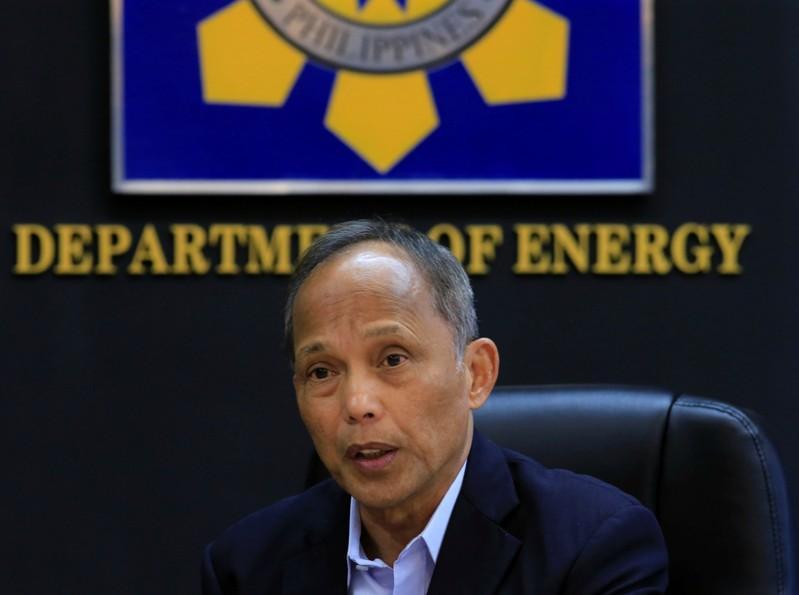Philippine Department of Energy (DOE) Secretary Alfonso Cusi answers questions during a Reuters interview at the DOE headquarters in Taguig city, Metro Manila, Philippines February 27, 2017. REUTERS/Romeo Ranoco
 JULY 25th 2019
JULY 25th 2019
By Patryk Krych | The World Daily
Philippines Resolve to Curb Emission Rates Through Renewable Energy Policies
Succeeding the President Rodrigo Duterte’s directive to reduce the country’s dependence on coal; on Thursday, the DOE or ‘Philippines’ Department of Energy’ had sworn to take a faster track/greater focus on establishing the implementation of two key renewable energy policies to help curb emissions.
The directive was issued to Congress by Duterte in what was an annual address on Monday, after expressing concerns over recent summer heatwaves plaguing several countries as of late, getting progressively worse by the year.
The heat-afflicted country, based in the South-East of Asian, seeks to at least double its power generation capacity by the year 2030 in order to support and backup its ever mounting economy, but it still has a heavy reliance on the cheapest and yet amongst the dirtiest fuel options: coal.
As a means to try and attract more foreign investment in the recent years, the overwhelming rash of endorsements for the usage of coal-fired power plants in the Philippines as it struggles to reduce the cost of electricity despite emission issues, have been amongst the highest of their sort in all of Asia.
The Renewable Portfolio Standards, the first policy that’s to be embraced, will require that certain changes are adapted to. Alfonso Cusi, Energy Secretary, said that power distribution utilities will be mandated in order to source a minimum portion of energy from renewable sources under the new policy, thus guaranteeing a market for producers of renewable energy as a result. As a part of the process for lowering emissions, the minimum requirement for renewable energy will be increased gradually year by year, Cusi added in a statement, though had omitted specifying any sort of timeline.
The Green Energy Option; the second agreed upon policy due for implementation, according to Cusi “will empower consumers to demand that their energy is sourced from renewable resources,” though there were no given details. He added that the DOE will also need to found a Green Energy Rate of sorts, for 2000 megawatts of new renewable energy capacity for the sake of keeping up with the nation’s necessities, or at the very least a baseline price that will “support the renewable energy generators with securing (power supply agreements) and selling their energy”.
“To be clear, the Green Energy Rate will not be a Feed-in-Tariff program and will not be subsidizing the RE generation sector,” Cusi stated. “They (renewable energy generators) will need to be competitive with current market rates.”
Cusi, however, expressed his beliefs that the country’s energy security would require much diversification that would go far and beyond renewable energy alone, with liquefied natural gas and coal-fired power plants still presently being considered as “the bridging-fuel we will need as we transition towards more renewable energy” he said. “The DOE is committed to encourage competition among all the technologies.”
By Patryk Krych | The World Daily






